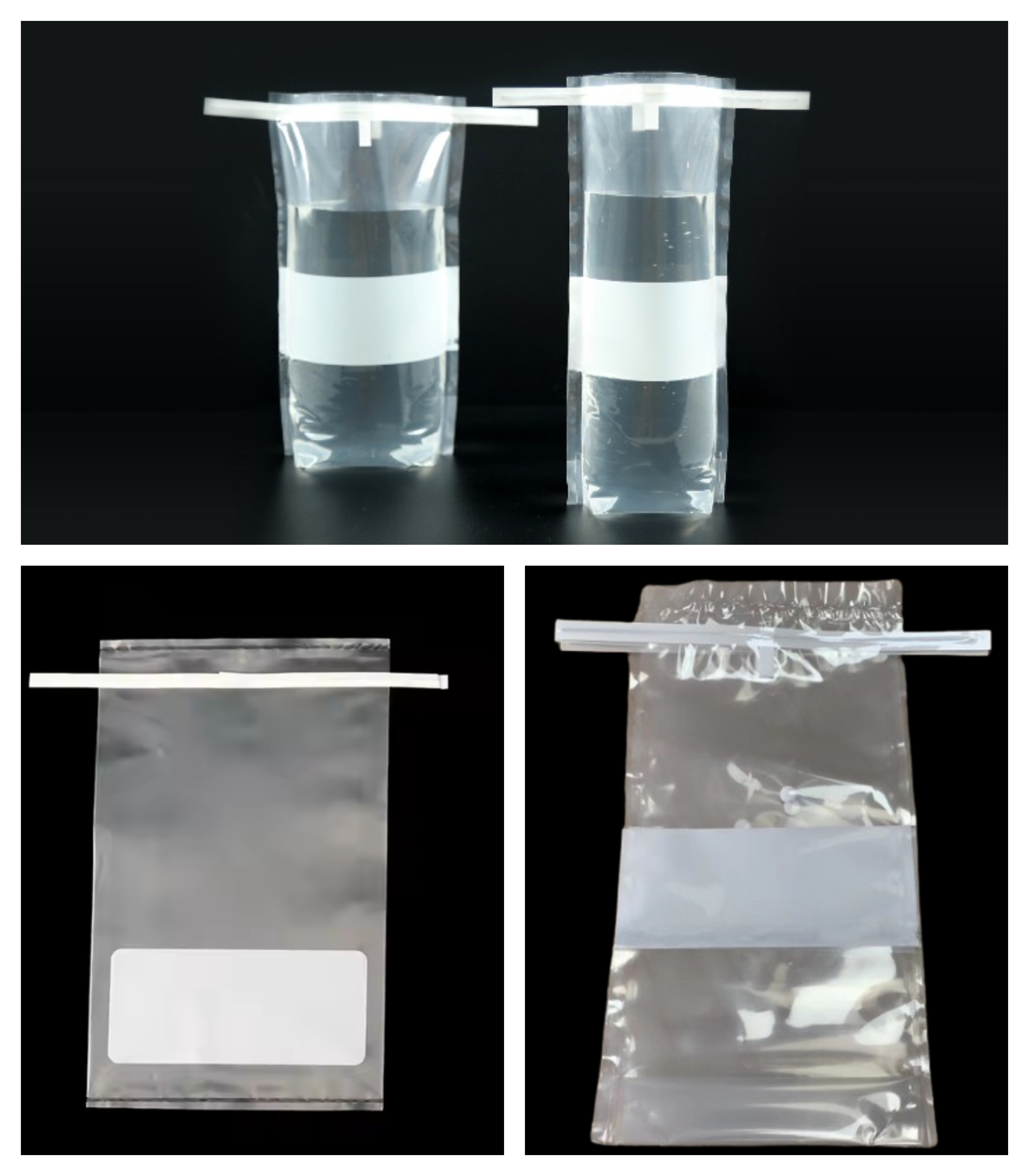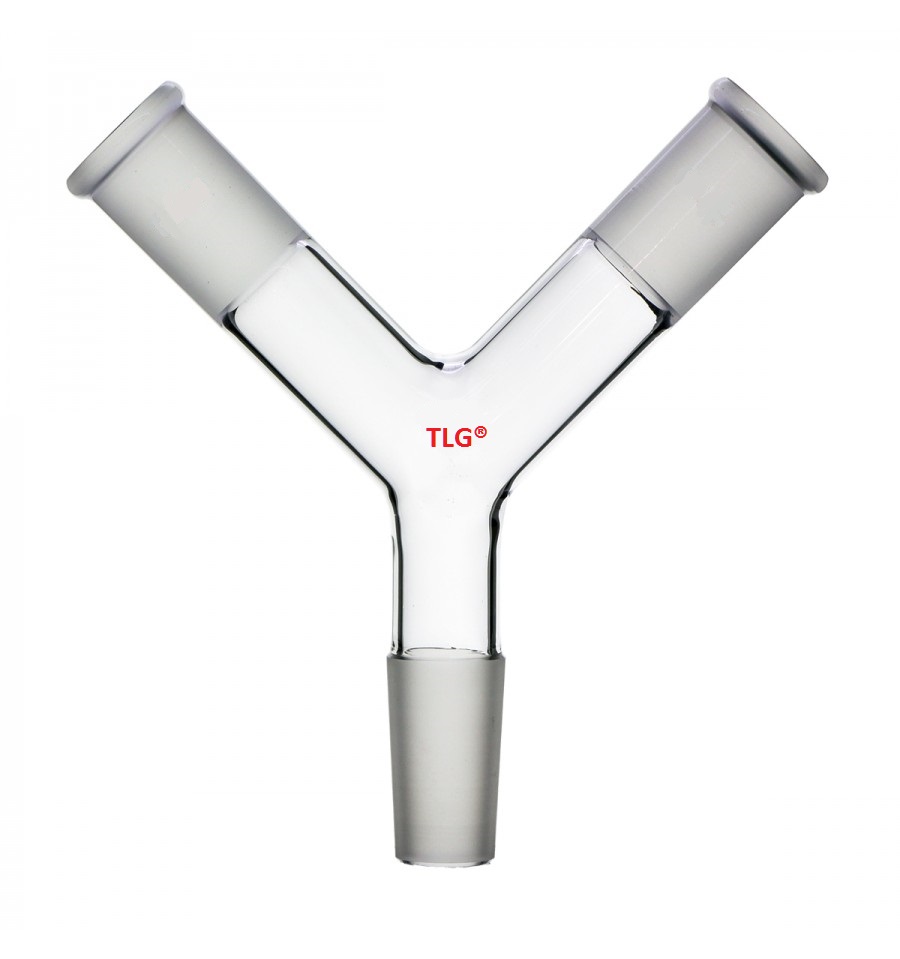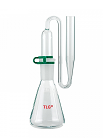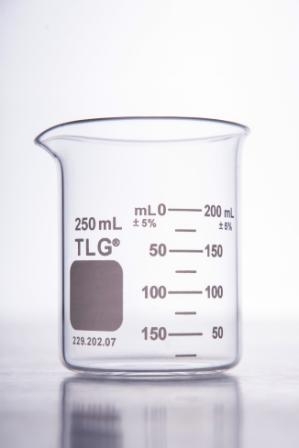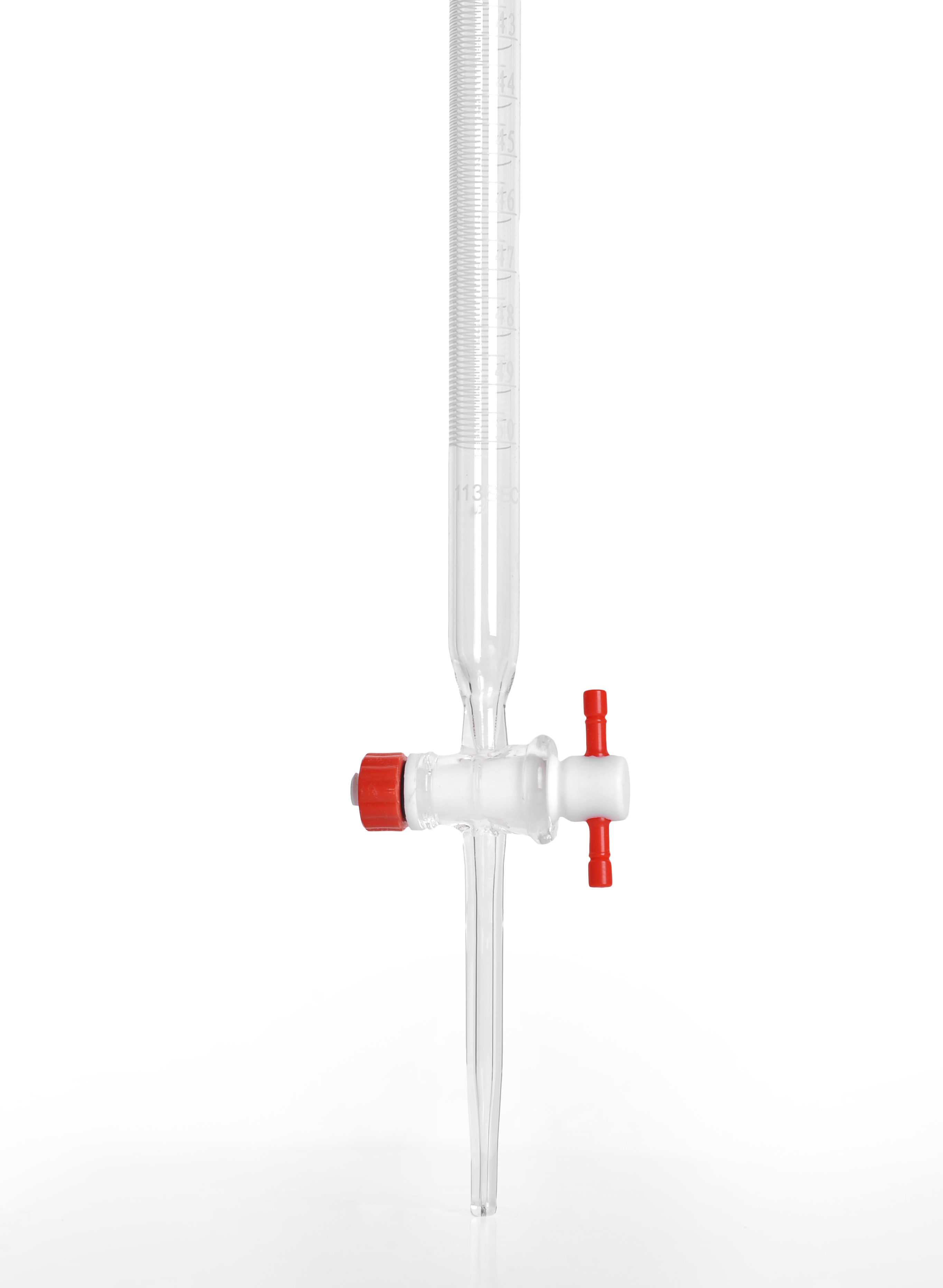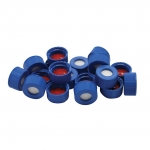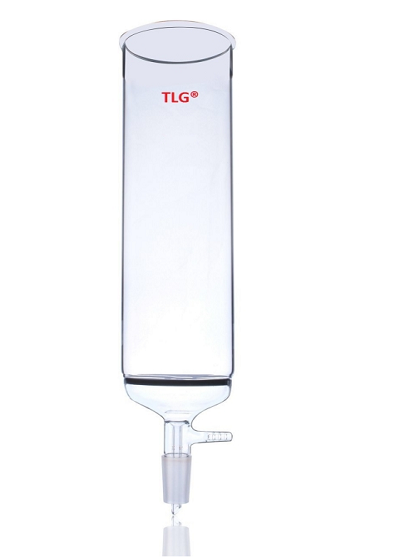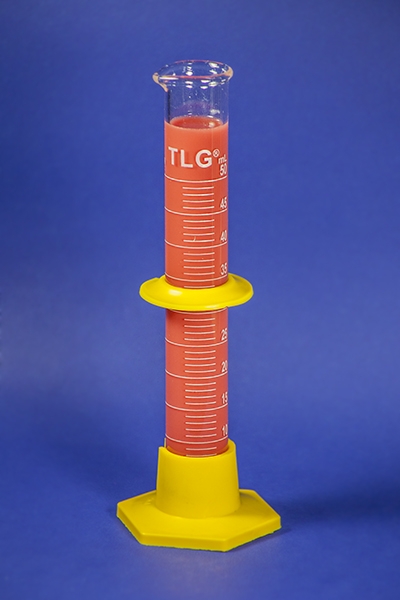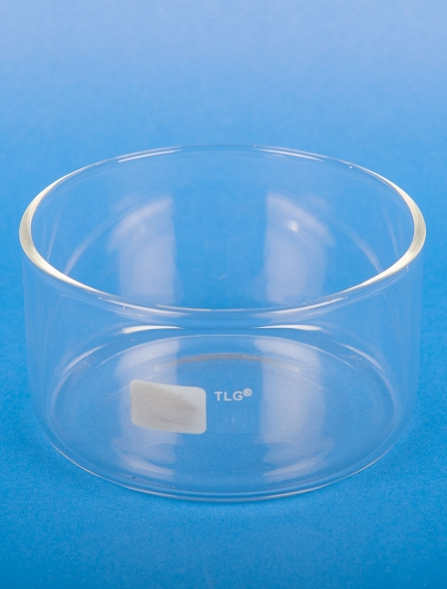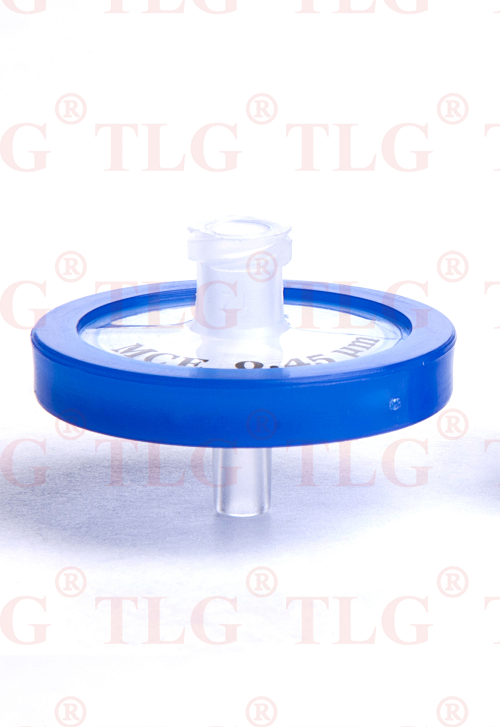Shop Products 
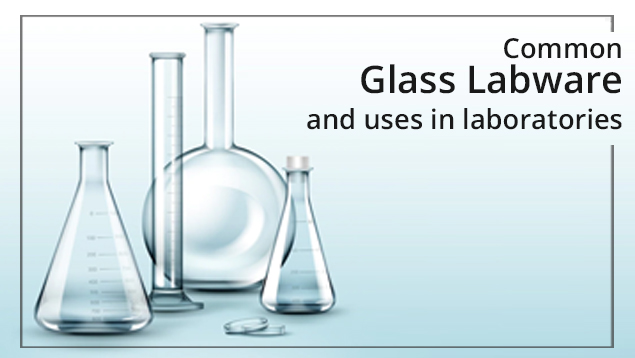
Common Glass Labware and Their Uses in Laboratories
Glassware is an integral part of any laboratory setting, serving a wide range of purposes in the scientific community. From measuring and mixing chemicals to holding and observing specimens, glassware plays a crucial role in a variety of experimental processes. Here, we take a look at some of the most common types of glassware found in laboratories and the tasks they are used for.
1. Beaker
Beakers are cylindrical glass containers that are often used for mixing and heating liquids. They come in a range of sizes, from tiny test tubes to large containers capable of holding several liters of liquid. Beakers are used in a wide range of applications, including mixing chemicals, heating solutions, and measuring the volume of liquids.
2. Erlenmeyer Flask
Erlenmeyer flasks are conical shaped glass containers that are commonly used for mixing and storing liquids. They are often used in chemical reactions, as the unique shape of the flask makes it easier to swirl and mix solutions. In addition, the narrow neck of the flask makes it easy to pour liquids in and out, while the wide base provides stability when heating or mixing.
3. Graduated Cylinder
Graduated cylinders are cylindrical glass containers used for accurately measuring the volume of liquids. They are usually made of transparent glass and feature marked measurements along the side of the cylinder, making it easy to determine the volume of a liquid. Graduated cylinders come in a range of sizes, from tiny tubes used for measuring small quantities of liquid to large containers used for measuring several liters.
4. Petri Dish
Petri dishes are shallow, circular glass containers used for growing and observing bacterial cultures. They are often used in biology and microbiology labs, as the transparent glass makes it easy to observe the growth of bacteria or other microorganisms. In addition, Petri dishes can be used for a wide range of other applications, including preparing and storing samples, growing cells, and conducting experiments.
5. Test Tube
Test tubes are cylindrical glass containers used for a variety of purposes in the laboratory. They are commonly used for mixing and heating small quantities of liquids, as well as for storing and observing specimens. Test tubes are usually made of transparent glass and feature a narrow neck, making it easy to pour liquids in and out, while the wider base provides stability when heating or mixing.
In conclusion, glassware plays a crucial role in a variety of experimental processes in the laboratory. From mixing and heating liquids to observing and growing cultures, glassware is an indispensable tool in the scientific community. Whether you're a student, researcher, or professional scientist, understanding the different types of glassware and their uses will help you to get the most out of your laboratory work.
Frequently Asked Questions
Q 1. What is a beaker used for in chemistry?
Ans - In chemistry, a beaker is a cylindrical container used for storing, mixing, and heating liquids during experiments. It's a flexible piece of glassware that also allows for accurate volume measurements. Beakers can be built of glass or plastic and come in various sizes.
Q 2. What is the purpose of the beaker pharmacy?
Ans - Beaker Pharmacy is a hybrid retail and compounding pharmacy. It serves both as a location to fill prescriptions and offers bespoke drug preparation, even for pets. They also give other healthcare services including immunizations, vitamins, and supplements, and even offer wound care services.
Q 3. What is a beaker cup used for?
Ans - Beakers, which are commonly used for preparing solutions, conducting reactions, and storing samples, are cylindrical glass or plastic containers that are frequently equipped with a pouring spout. They are usually composed of durable polymers for chemical resistance or borosilicate glass for heat resistance.
Q 4. What is a beaker used for science?
Ans - Beakers are cylindrical containers used in scientific labs for heating, mixing, and storing liquids. Usually composed of glass or plastic, they have graduated markings that enable approximations of volume measurements.
Q 5. What is a science glass beaker called?
Ans - Certain types of science glass beakers are Griffin beakers (low-form), Berzelius beakers (tall-form), and crystallizers (flat-form), although most people just call them beakers.
Q 6. What is a glass beaker used to measure?
Ans - The main purpose of a glass beaker is to contain liquids and, to a smaller size, measure them. Beakers are not made for extremely accurate volumetric measurements, even if they feature graduated marks to show approximate volumes. In scientific applications, they are more frequently employed for heating, mixing, and storing materials.
Q 7. Why do people use beakers?
Ans - Beakers are used in labs to hold and mix liquids, measure approximate volumes, and enable visual observation of substance changes or reactions. They can also be used to heat liquids because they are heat-resistant.








